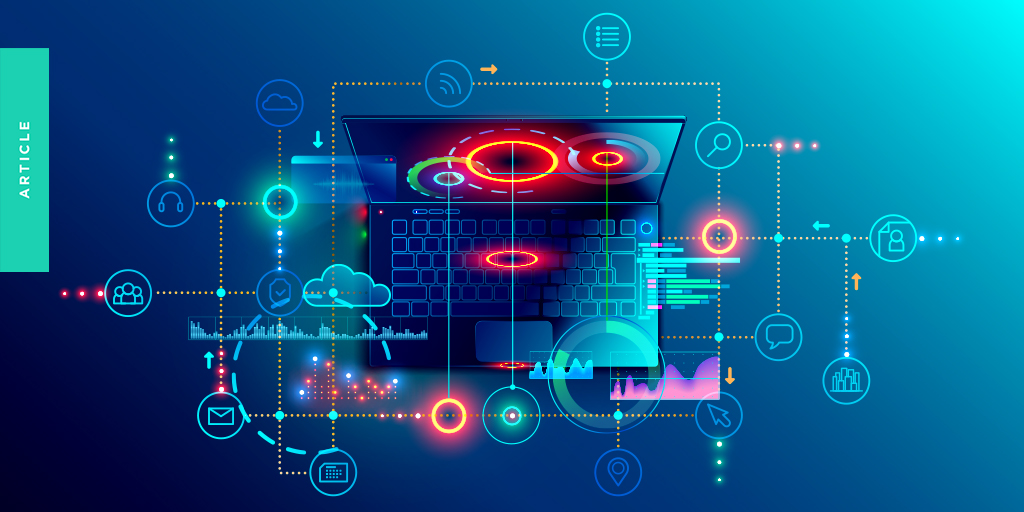Unlock the Future: Harnessing the Potential of 6G and 7G
Increased capacity, faster speeds, reduced latency – these are the promises of a modernized 5G network. Yet, they pale in comparison to what’s ahead.
6G and 7G technology have markedly higher frequencies and sub-mm waves (wavelengths smaller than one millimeter) that are poised to revolutionize intelligent cellular technology. It’s all the innovations of 5G, plus some additional shiny new tech features.
Here’s how these successors are slated to advance the network and how we work.
Building From 5G: A Recap
We’ve all heard the buzz about how 5G will change our lives by redoubling the capacity of our devices and speeding up what we can do with them.
With a latency of five milliseconds or less, those promises are also attractive to enterprises. Even as their networks field more traffic and their applications require higher amounts of data, the cellular technology unlocks a variety of advanced use cases from augmented reality and IoT webs of connected devices to better reliability and data security.
According to Information-age, 5G technology also “enables businesses to deploy more devices and sensors in more locations without investment in the sort of fixed-line connectivity needed for high data consumption and always-on connected use cases, the likes of which will power future smart cities, utilities, transportation, hospitals, and smart factories.”
On a personal level, the introduction of 5G has significantly boosted our individual devices, making them:
- More automation-friendly
- Less expensive
- Battery efficient
- Quicker at downloading
- Increasingly more secure
Increasing the Frequency: A Look at 6G
Traveling up the radio spectrum, a 6G internet is projected to have moved from measuring frequencies in gigahertz (GHz) to terahertz (THz) and latency will drop to a single microsecond – a millionth of a second!
By the time of its commercial launch in roughly 2030, businesses can expect to see significant shifts in the numerous technologies with which it integrates, including:
- Big data analytics
- Deep learning algorithms
- Edge computing
- IoT
- High-performance computing (HPC)
- Better remote working models
Tech target also anticipates it will lead to greater public safety measures such as:
- Real-time threat detection
- Comprehensive health screening
- Refined facial recognition
- Air quality monitoring
- City-wide gas and toxicity sensors
- Immersive experiences that feel real
- More autonomous vehicles
On the Horizon: What 7G Has in Store
As the number of connected devices and demand for more data increase, 7G will eventually succeed its predecessors. The idea is to eventually deliver non-existent latency and universal integration, even while the need for more bandwidth explodes.
Experts expect to see improvements across a number of fields like:
- AGI (artificial general intelligence)
- Location awareness
- Earth imaging
- Quantum computing
There’s even some speculation 7G may make mind-reading technologies more ubiquitous in an effort to better protect the general public.
Like it or not, change is coming. The sooner your business prepares for it, the quicker it can adapt to new ideas and adopt transformative technologies. And while you may have some time before 6G upends your business, 7G and beyond will be here before you know it – so don’t get caught flat-footed.
Content created and provided by ONEAFFINITI.












